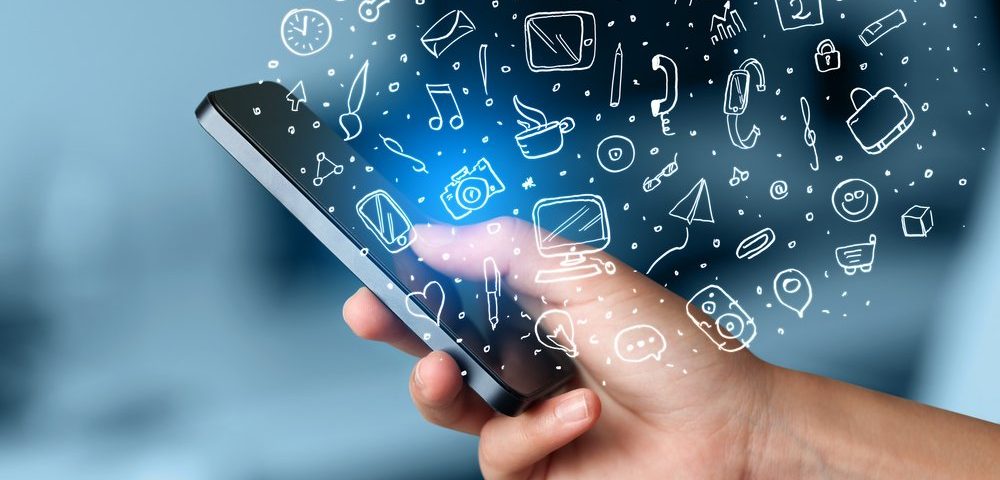ALS Telecare App Benefits Patients, Providers, Study Shows

People with amyotrophic lateral sclerosis (ALS) may benefit from at-home monitoring using an app, a study found.
The study, “Telehealth as part of specialized ALS care: feasibility and user experiences with ‘ALS home-monitoring and coaching’,” was published in Amyotrophic Lateral Sclerosis and Frontotemporal Degeneration.
Providing proper medical care for a person with ALS requires the involvement of a multidisciplinary team of healthcare professionals. However, in-person care can be burdensome, often requiring travel to specialty centers and long days spent at the hospital in various consultations.
Using technology to help monitor people with chronic conditions can lower the burden on patients, while still allowing medical professionals to get the information they need to provide optimal care.
The researchers behind the study previously developed and showed the feasibility of a telehealth program specific to ALS, which they called ALS Home-monitoring and Coaching.
The app is compatible with smartphones, tablets, and computers. It prompts users to record how they feel (on a scale from 1 to 10) every day. It asks them to weigh themselves weekly, and once each month prompts them to monitor functional capacity using a self-administered version of the Revised Amyotrophic Lateral Sclerosis Functional Rating Scale (ALSFRS-R). These default frequencies can be adjusted based on user preference, and the data are available to the patient and his or her healthcare providers.
If data are worrisome — a large drop in weight or functional capacity, for example — the app automatically sends an alert to the healthcare team. Patients and healthcare providers can also send messages to each other over the app.
A nurse practitioner offered monthly consultations during the study, which took place between May 2017 and November 2018 at University Medical Center Utrecht in the Netherlands.
The study recruited 50 people to test the app. Eighteen of them were already receiving treatment at the center, and 32 started treatment after implementation.
A total of 14 people stopped using the app in the follow-up period. In 12 cases, that was because the person died or reached an end-of-life phase in which monitoring was no longer beneficial.
The adherence rates — the percentage of people who completed all self-monitoring reports as prompted — were 49% for daily well-being assessment, 83% for weight, and 87% for functional status.
The lower adherence rate for the daily assessment “was likely due to the fact that the default frequency with daily assessments was too high for some of the patients,” the researchers said. They noted that 85% of participants completed the well-being assessment at least weekly, which “was found to be sufficient for the provision of psychological support and for patients to self-reflect on their well-being.”
After using the app for a median of 5.8 months, 23 participants were given surveys on their perceptions, and 12 participated in interviews.
“The majority of patients were positive about receiving personalized feedback and information, and perceived the use of telehealth as helpful, easy and not burdensome,” the researchers wrote, noting that all but one survey respondent said they would recommend the program to others.
Nine healthcare providers who had been using the app also had generally positive responses.
Patients and healthcare workers alike said the app allowed them to use in-person time more efficiently: healthcare providers could use the data collected to prepare for consultations, and the alerts about potentially concerning situations cut down on the need for in-person check-ins, they said.
“You don’t feel you are going [to the hospital] for no good reason. You have some control over that,” one patient said.
There were some login problems, which may signal a need to improve the design of the user interface, the researchers said.
The study demonstrates the feasibility of using this telehealth service in a real-world clinic, with generally positive user experiences, the researchers said.
The largest barrier to app-based monitoring is a lack of insurance coverage, the researchers said. “In order to facilitate the future implementation and use of telehealth, healthcare insurance companies should include telehealth in their reimbursement options,” they said.






